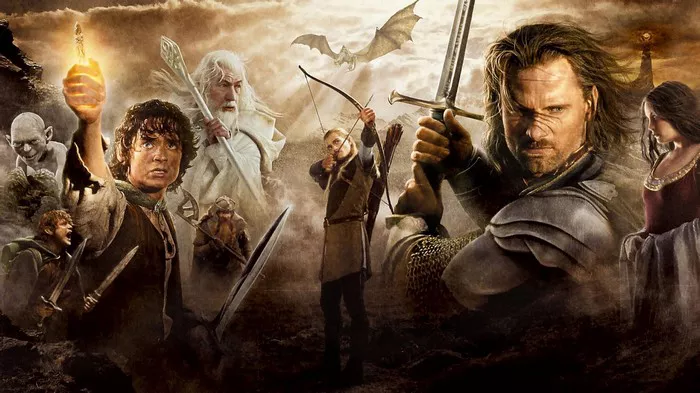In the realm of fantasy literature, two behemoths stand tall, captivating generations with their magical allure – J.K. Rowling’s “Harry Potter” series and J.R.R. Tolkien’s “The Lord of the Rings” trilogy. As fans engage in fervent debates, the question looms large: Which Is Better – Harry Potter or Lord of the Rings? This exploration delves into the literary landscapes, character arcs, and cultural impacts of both series, aiming to navigate the labyrinth of preferences that defines the everlasting duel between magic and Middle-earth.
I. The Wizarding World: Harry Potter’s Magical Tapestry
1. The Coming-of-Age Journey: Hogwarts and Beyond
“Harry Potter” unfolds as a coming-of-age saga, chronicling the titular character’s journey from a bewildered eleven-year-old to a valiant hero. The series invites readers into the enchanting world of Hogwarts School of Witchcraft and Wizardry, where magic, friendship, and the battle against the dark forces of Lord Voldemort take center stage.
2. Characters that Resonate: Friendships and Foes
Rowling’s narrative prowess shines through in the creation of memorable characters – Harry, Hermione, Ron, Dumbledore, and the menacing Voldemort. The series explores themes of friendship, loyalty, and the timeless struggle between good and evil, leaving an indelible mark on readers of all ages.
II. Middle-earth: The Epic Odyssey of The Lord of the Rings
1. The Grand Tapestry: A Quest of Unprecedented Scale
In contrast, “The Lord of the Rings” presents an epic odyssey across Middle-earth, a realm steeped in rich lore, diverse cultures, and a sprawling narrative. Tolkien’s meticulous world-building introduces readers to hobbits, elves, dwarves, and men, as they unite to thwart the dark ambitions of Sauron.
2. Mythic Dimensions: Themes of Friendship and Sacrifice
Tolkien’s themes transcend the fantastical, delving into the mythic dimensions of heroism, sacrifice, and the enduring power of hope. Frodo Baggins’ quest to destroy the One Ring and the fellowships’ trials along the way resonate with readers seeking profound reflections on the human condition.
III. Cultural Impact: The Potter Phenomenon and Middle-earth’s Legacy
1. The Global Phenomenon: Harry Potter’s Enduring Influence
“Harry Potter” stands as a global phenomenon, transcending literature to become a cultural touchstone. The series spawned a film franchise, theme parks, merchandise, and a dedicated fan base. Rowling’s wizarding world continues to inspire new generations, fostering a sense of belonging and enchantment.
2. Enduring Legacy: Middle-earth’s Literary Dominion
On the other side of the spectrum, “The Lord of the Rings” has left an enduring legacy that extends beyond literature. Its influence on the fantasy genre, cinematic adaptations, and popular culture is immeasurable. Tolkien’s creation has become a literary benchmark, shaping the very essence of high fantasy.
Conclusion: A Matter of Personal Alchemy
In the eternal clash of Harry Potter and Lord of the Rings, determining the superior series proves to be a subjective alchemy. The choice rests on individual preferences, whether one seeks the cozy familiarity of Hogwarts or the expansive, mythic landscapes of Middle-earth.
As fans continue to pledge allegiance to their chosen fantasy realm, it becomes evident that both series have irrevocably shaped the literary landscape. Rowling and Tolkien, in their distinct ways, have bestowed upon readers a gift that transcends the boundaries of fiction, inviting them to explore the depths of imagination, morality, and the enduring power of storytelling.
In the end, the debate may persist, but the true victory lies in the joy, inspiration, and wonder that both “Harry Potter” and “The Lord of the Rings” have brought to the hearts and minds of millions around the globe. May the magic and Middle-earth endure, enchanting readers for generations to come.

